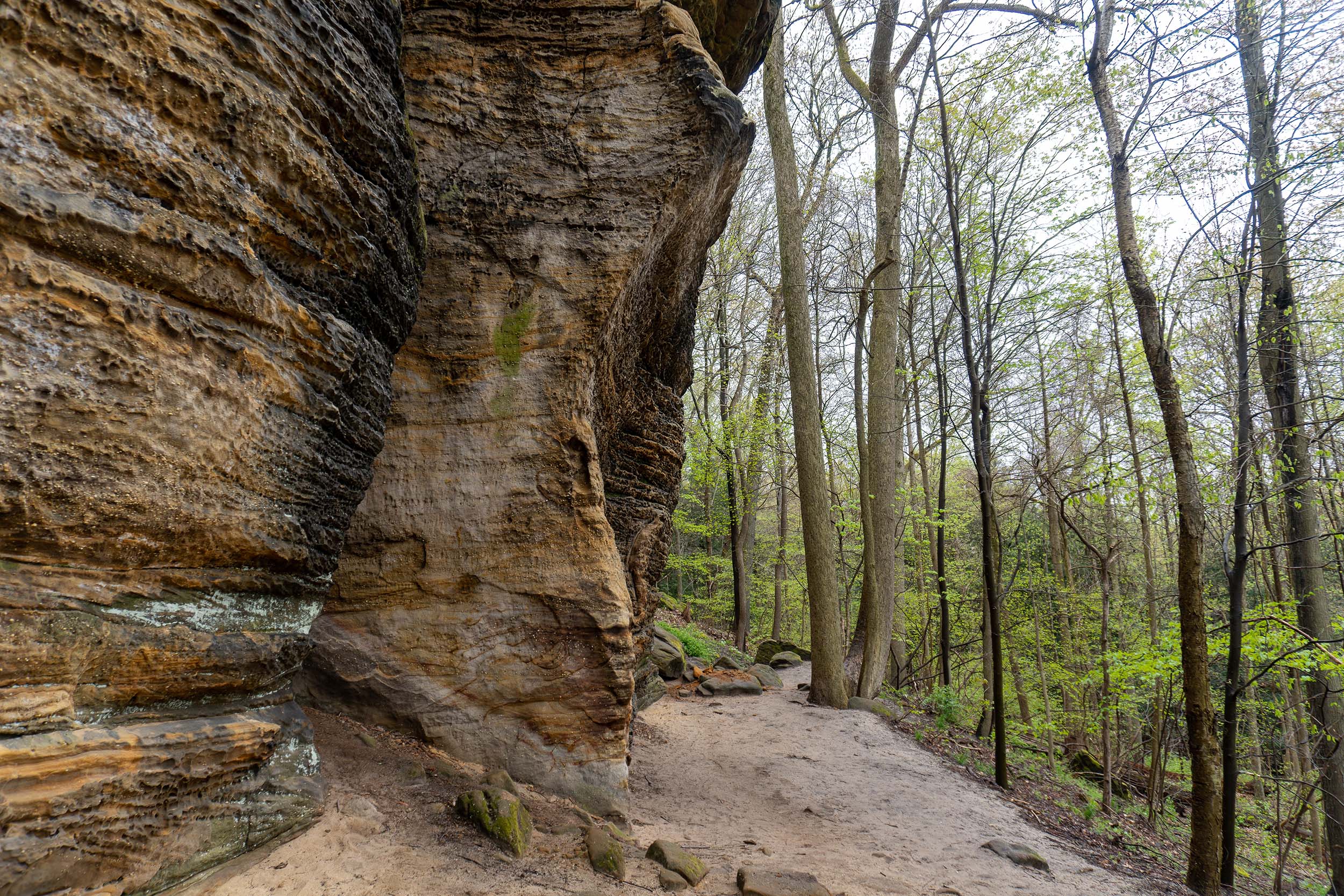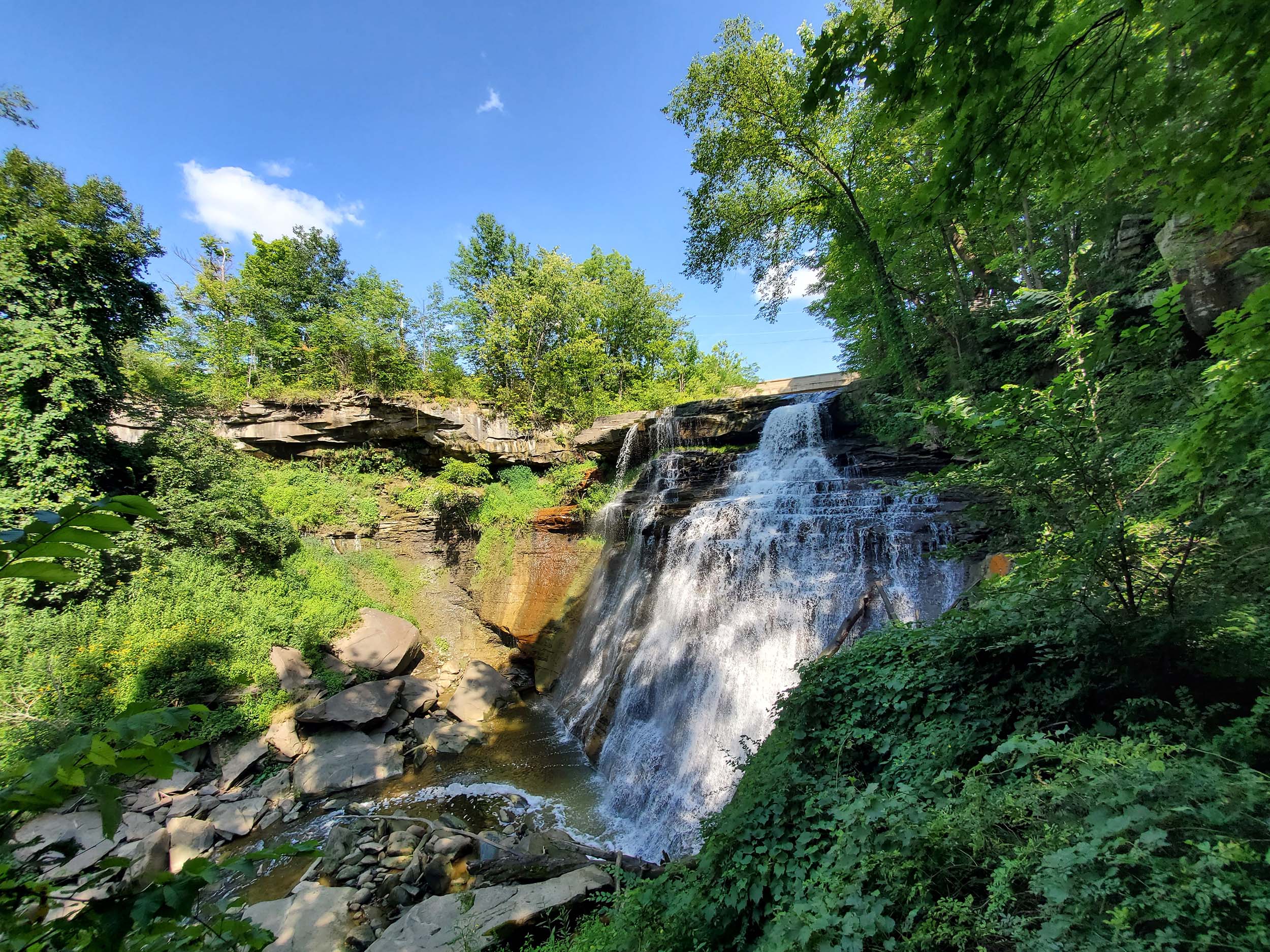Park Information Quick Facts
Location: Ohio
Park Size: 33,000 Acres
Time Needed: 1-2 days
Best Season: Mid-October
Must Do: Brandywine Falls
Pro Tips: Start your visit early to catch the sunrise over the valley and avoid crowds on popular trails like the Towpath Trail or Brandywine Falls.
Visitor Centers
Cuyahoga Valley National Park is home to several visitor centers that serve as gateways to exploring the park’s natural beauty, history, and recreational opportunities. The Boston Mill Visitor Center, located in the heart of the park, is the primary hub for visitors. It offers interactive exhibits, maps, and helpful staff ready to provide information on trails, activities, and events. Housed in a beautifully restored historic building, the center combines modern amenities with a nod to the park’s rich past. Its central location makes it an ideal starting point for exploring nearby attractions like the Towpath Trail and Brandywine Falls.
Plan Your Cuyahoga Valley Adventure Today!
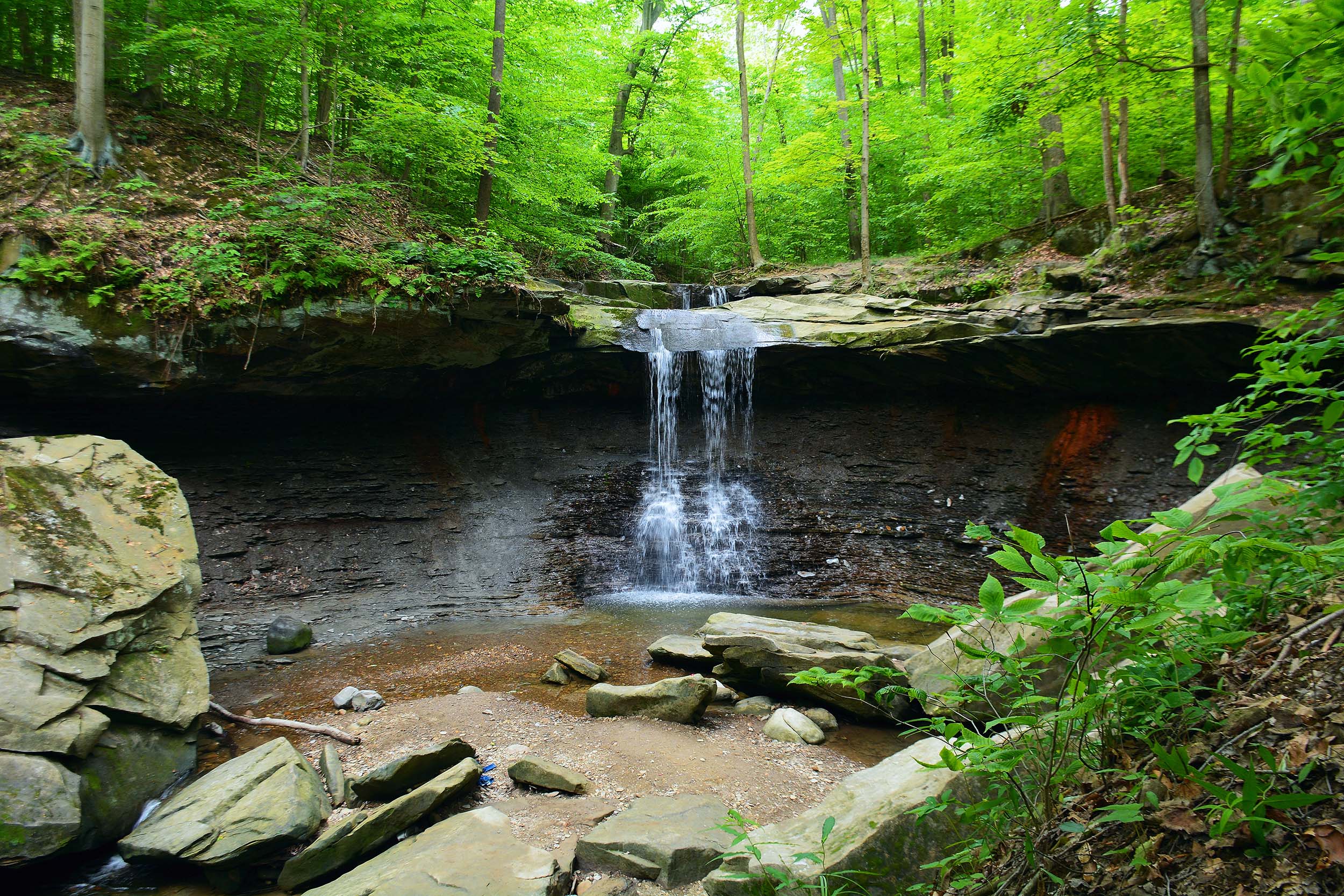
Getting There
How to Travel to Cuyahoga Valley National Park
Traveling to Cuyahoga Valley National Park is relatively easy, thanks to its central location between Cleveland and Akron, Ohio. If you’re driving, the park is accessible via major highways, including Interstate 80 (Ohio Turnpike) and Interstate 271, making it a convenient trip from surrounding areas. The park is approximately 30 minutes south of downtown Cleveland and about 40 minutes north of Akron, placing it within reach of travelers coming from various parts of Ohio and neighboring states. For those arriving by air, the Cleveland Hopkins International Airport (CLE) is the closest major airport, with rental car services available for the short drive to the park.
Once you arrive in the area, there are several options for getting around the park. The most popular way to explore is by car, as the park has several entrances and accessible parking areas near key attractions like Brandywine Falls and the Ledges. If you prefer to explore on foot or by bike, the park offers over 125 miles of trails, including the Towpath Trail, which follows the historic Ohio & Erie Canal. For a more relaxed and scenic experience, consider taking the Cuyahoga Valley Scenic Railroad, which runs through the park and allows you to hop on and off at different stops to explore various sections.
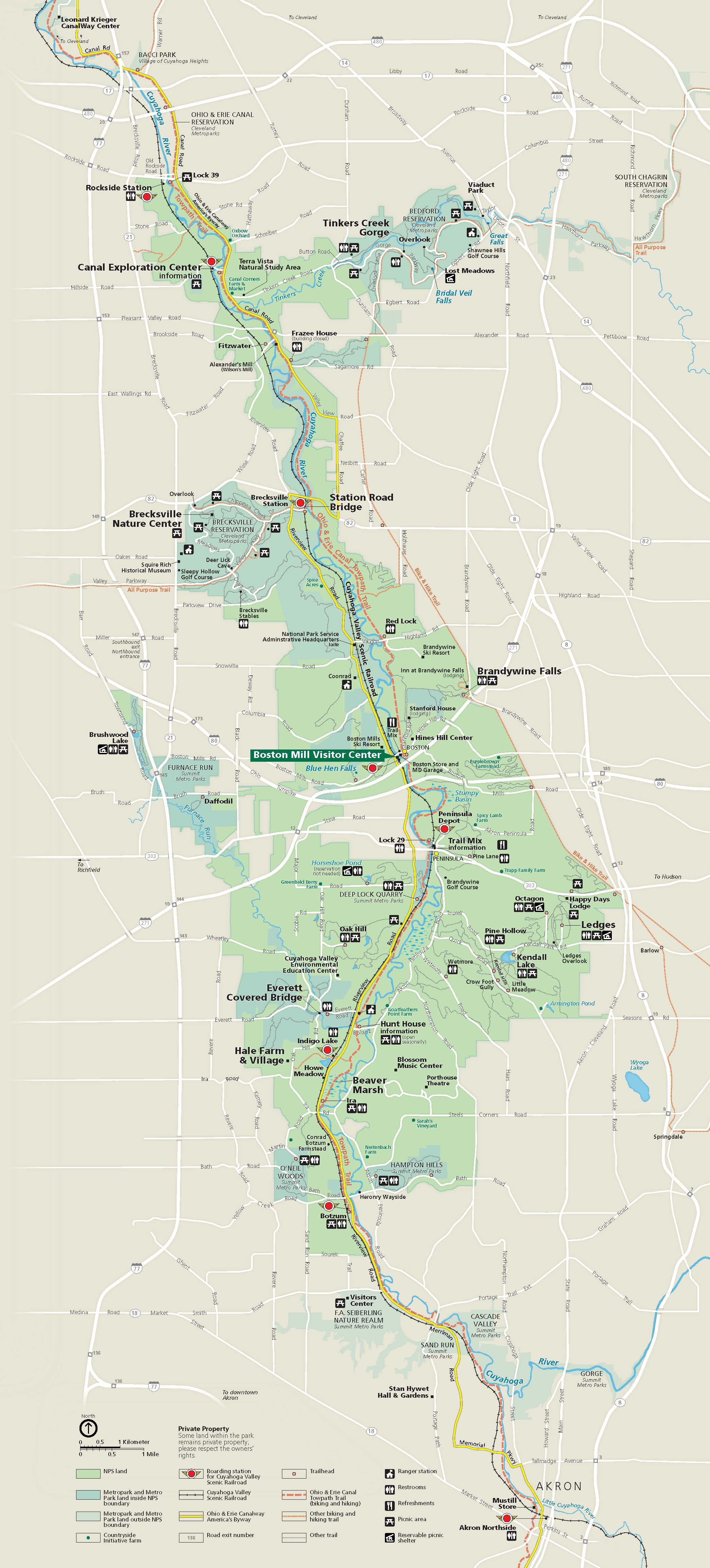
Camping
Stanford Campground
- Location: Near the town of Peninsula, just off Riverview Road.
- Details: This is the largest campground in the park, offering both tent and RV campsites. It has 31 sites, with amenities including picnic tables, fire rings, and access to restrooms. Some sites have electrical hookups, making it suitable for RVs. The campground is surrounded by forested areas and provides easy access to nearby hiking trails, such as the Towpath Trail and the Ledges Trail. Stanford Campground is open seasonally, typically from mid-April to late November, depending on weather conditions.
Tallmadge Campground
- Location: Situated near the entrance to the park off State Route 82, this smaller, more rustic campground offers a peaceful setting.
- Details: With 10 campsites, Tallmadge Campground provides a quieter experience for visitors looking to enjoy nature. The campground features picnic tables, fire rings, and restrooms but does not offer water or electrical hookups. It’s ideal for tent camping, offering a more intimate and less crowded environment. It is open year-round, but some services may be limited in the winter months. This campground also provides access to nearby hiking trails like the Brandywine Falls Trail.
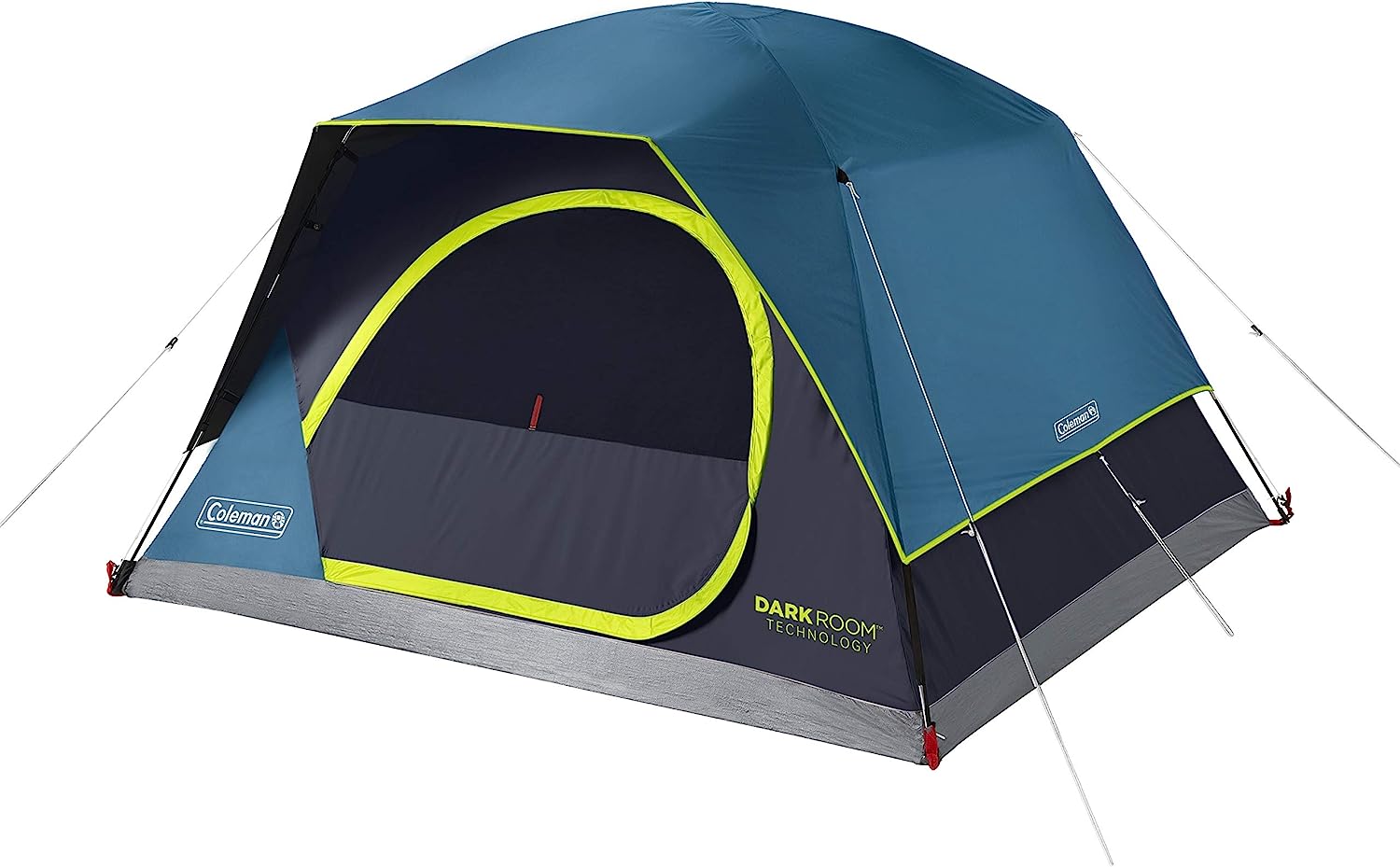

-
Reserve Your Campsite in Advance: Cuyahoga Valley National Park’s campgrounds can fill up quickly, especially during peak seasons (spring, summer, and fall). To secure your spot and avoid disappointment, make a reservation in advance through recreation.gov. This is particularly important for Stanford Campground, which has more amenities and tends to be busier.
-
Be Prepared for Varied Weather: Ohio weather can be unpredictable, so pack accordingly. Even in summer, temperatures can drop at night, especially in the forested areas. Bring layers, a waterproof jacket, and sturdy footwear for hiking. In colder months, ensure you have a four-season tent and warm sleeping gear, as temperatures can drop significantly in the fall and winter.
-
Explore the Trails and Wildlife: While camping, take advantage of the park’s extensive trail system. Whether you’re hiking to Brandywine Falls, exploring the Towpath Trail, or discovering the Ledges, there’s plenty to see just a short walk from the campgrounds. Keep an eye out for local wildlife, such as white-tailed deer, foxes, and a variety of birds. Remember to follow Leave No Trace principles to preserve the park’s natural beauty for future visitors.
Popular Hiking Trails
Towpath Trail
- Length: 20 miles (one way)
- Difficulty: Easy
- Details: This historic trail follows the Ohio & Erie Canal and is perfect for walking, biking, and birdwatching.
Brandywine Falls Trail
- Length: 0.5 miles (round trip)
- Difficulty: Easy
- Details: A short, paved trail that leads to the park’s most famous waterfall, Brandywine Falls.
Ledges Trail
- Length: 2 miles (loop)
- Difficulty: Moderate
- Details: This scenic loop trail takes you through rock formations, dense woodlands, and offers stunning views of the valley below.
Wetmore Trail
- Length: 1.5 miles (loop)
- Difficulty: Moderate
- Details: This lesser-known trail offers a peaceful, wooded hike with varied terrain. It connects with the Brandywine Falls Trail and the Towpath Trail, making it a great way to explore more remote sections of the park.
Rim Trail
- Length: 4.4 miles (loop)
- Difficulty: Moderate
- Details: A beautiful trail that runs along the rim of the Cuyahoga River Valley, offering panoramic views and access to the Ledges Trail.
Hillside Trail
- Length: 1.1 miles (loop)
- Difficulty: Moderate
- Details: This trail meanders through forests and climbs to an elevated point with great views of the surrounding landscape.
Ohio & Erie Canalway Trail
- Length: 4.5 miles (one way)
- Difficulty: Easy
- Details: Following the Ohio & Erie Canal, this trail is perfect for a relaxed walk or bike ride, offering views of wildlife, wetlands, and the historic canal system.
Limestone Ledges Trail
- Length: 1.5 miles (loop)
- Difficulty: Moderate
- Details: A quiet trail through forested terrain that features interesting limestone rock formations and offers a peaceful, scenic experience.
Hiking Trails in Cuyahoga Valley
For those looking for a more challenging hike, the Ledges Trail offers a 2-mile loop through dramatic rock formations and thick forests, rewarding hikers with stunning views of the valley below. The Rim Trail is another moderate option that runs along the edge of the Cuyahoga River Valley, providing panoramic vistas of the surrounding landscape. These trails feature a mix of uneven terrain and stairs, making them slightly more difficult but incredibly rewarding for hikers looking to experience the park’s more rugged side. The Brandywine Falls Trail, on the other hand, is a short but picturesque hike that leads to the park’s most famous waterfall, offering a breathtaking view of the 65-foot cascade.
Wildlife at the Park
Cuyahoga Valley National Park, nestled between Cleveland and Akron, Ohio, is a haven for wildlife, offering a diverse ecosystem that thrives along the winding Cuyahoga River. The park’s rich mix of forests, wetlands, and open fields supports an array of species, making it a paradise for nature enthusiasts. White-tailed deer, beavers, and red foxes are among the mammals frequently spotted within the park. The wetlands, in particular, play a critical role in supporting biodiversity, serving as breeding grounds for frogs, salamanders, and other amphibians that thrive in this vibrant habitat.
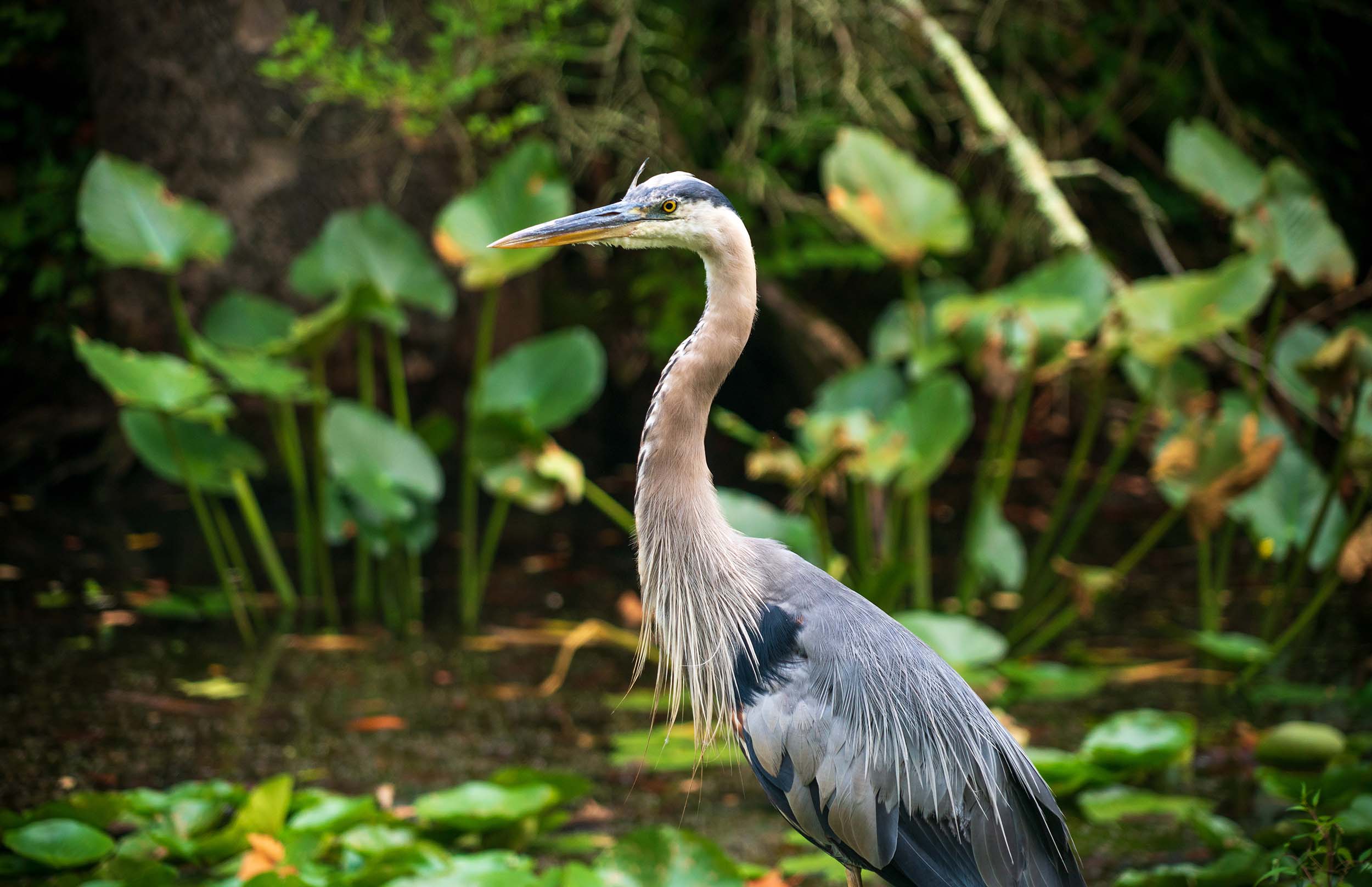

Birdwatchers flock to the park for the chance to observe over 200 species of birds throughout the year. The majestic bald eagle, once a rare sight, now nests in the park, symbolizing the successful conservation efforts of the region. Great blue herons gracefully patrol the waterways, while songbirds like warblers and sparrows add bursts of color and melody to the forest canopy. During migration seasons, Cuyahoga Valley becomes a vital stopover for birds traveling along the Atlantic Flyway, attracting avid birders from across the region.
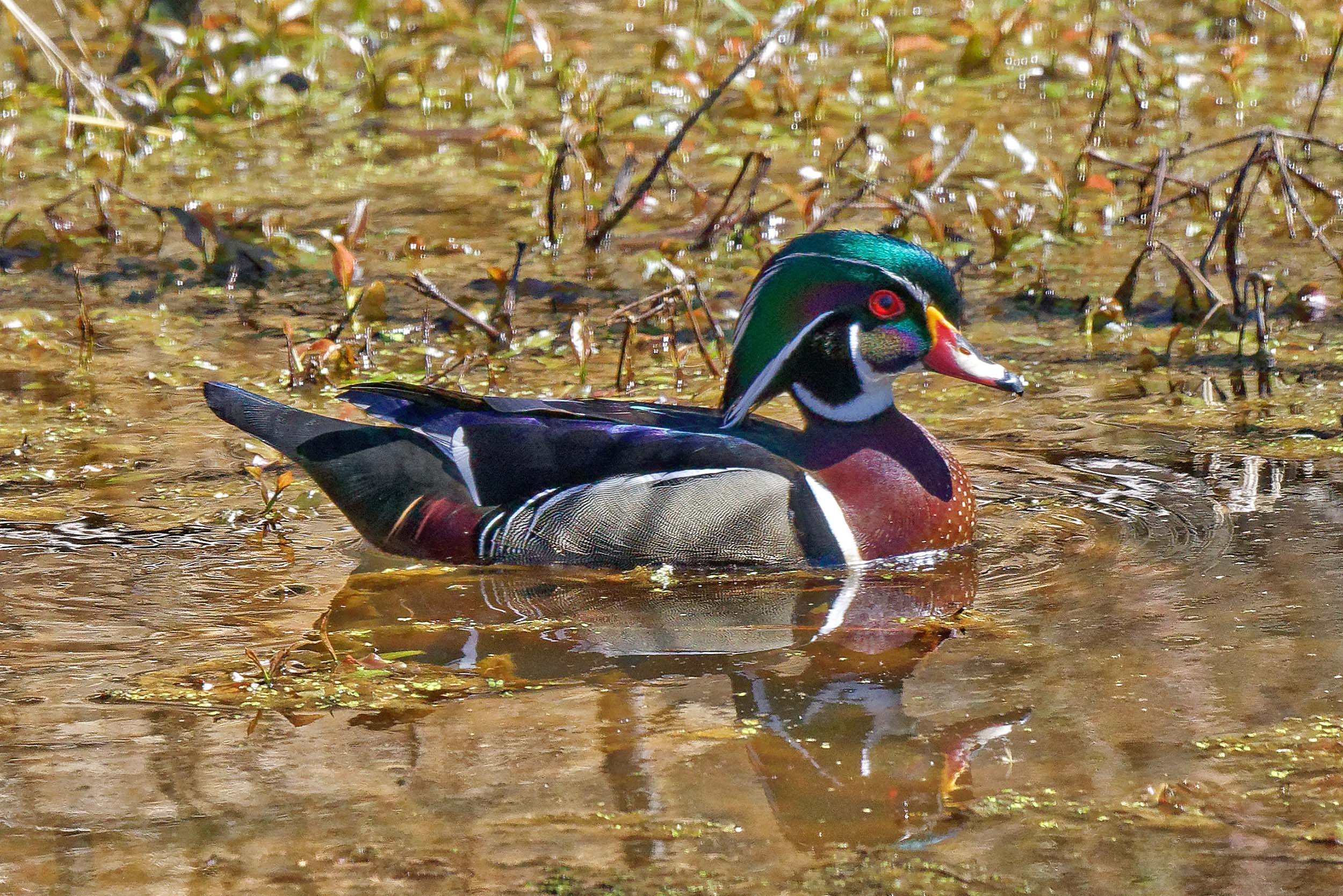
Gear We Used


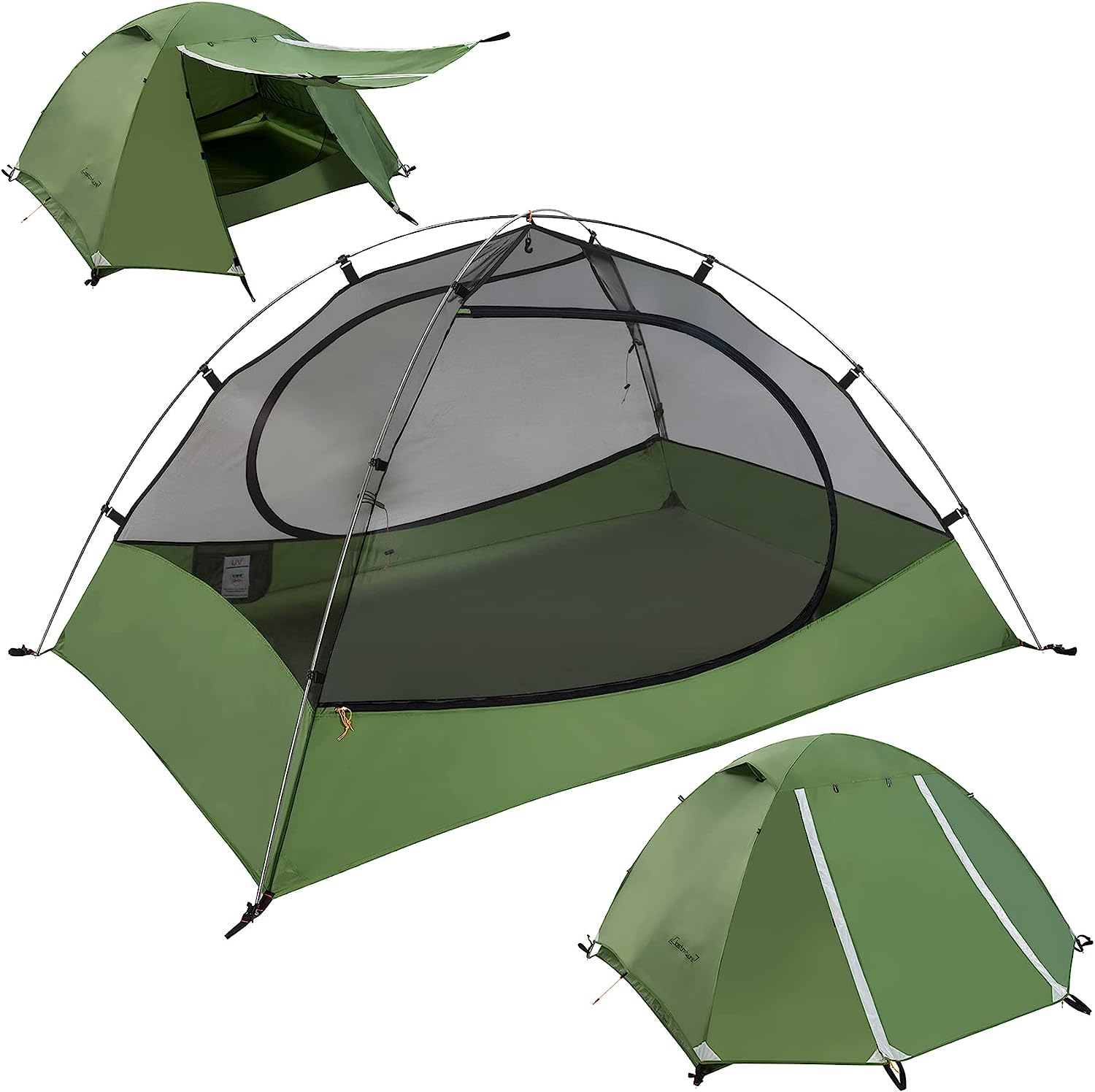
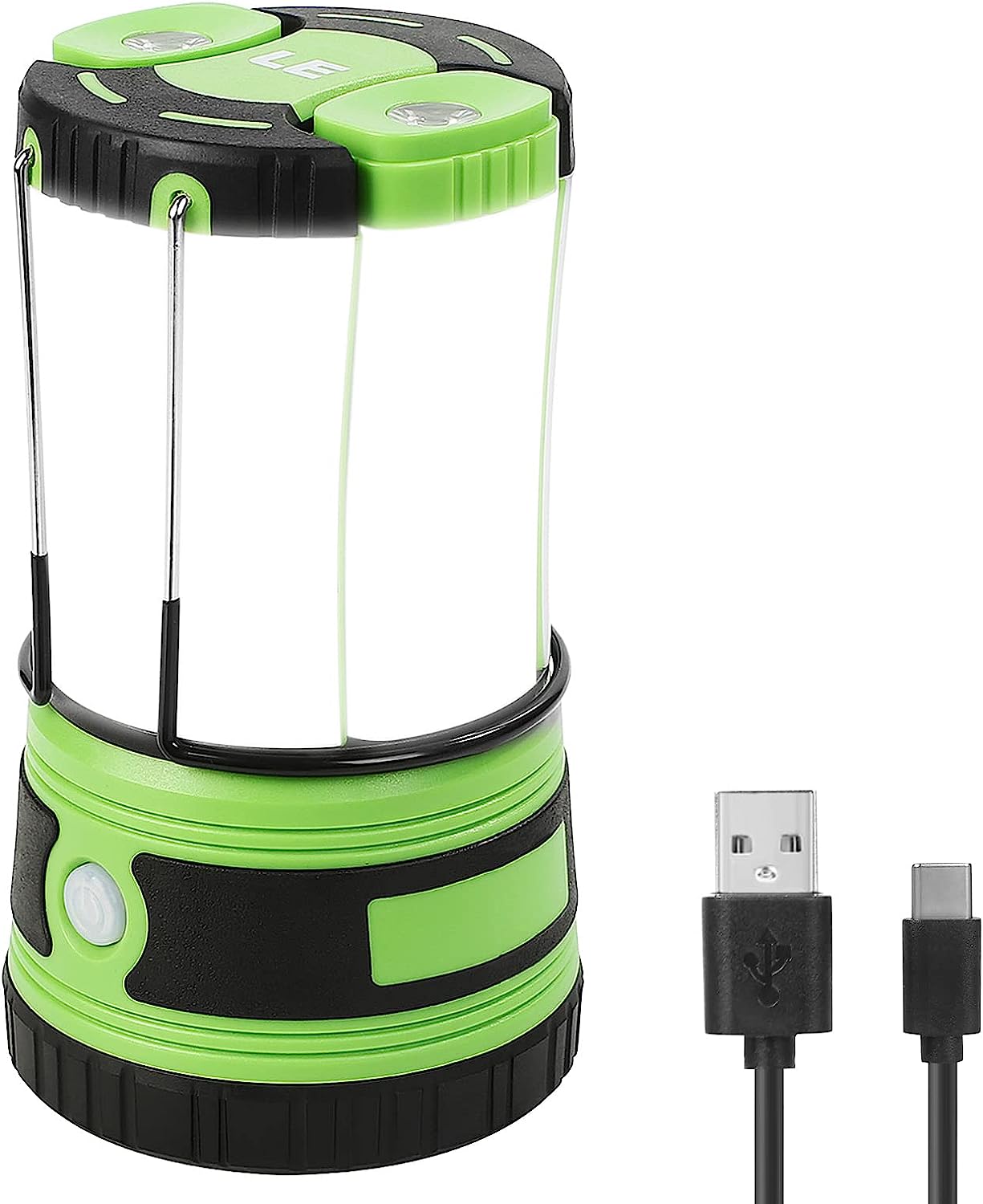
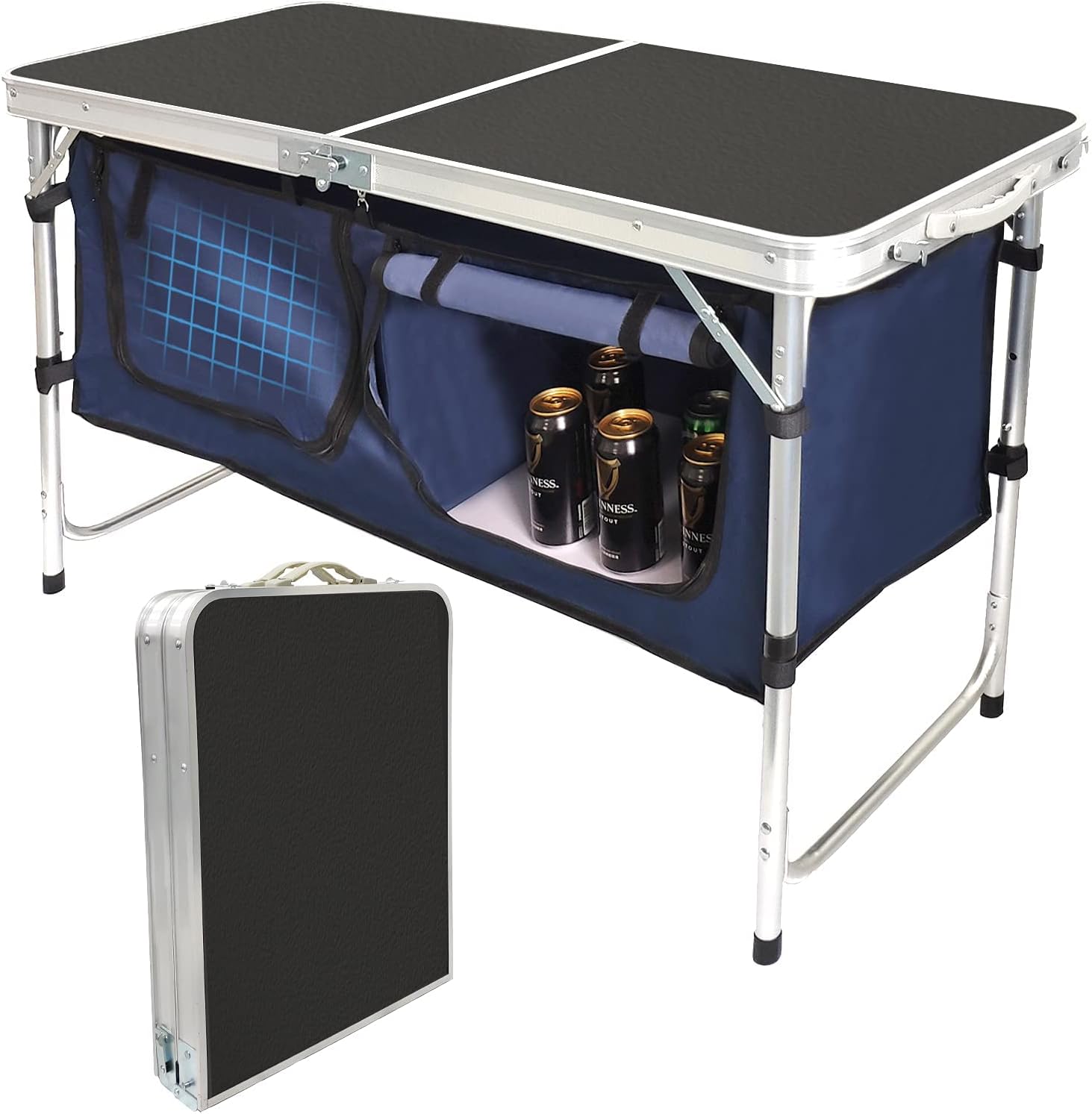
Must-Do Activities
Hike to Brandywine Falls
One of the most iconic sights in Cuyahoga Valley National Park, Brandywine Falls is a must-see. The short, half-mile trail leads to a stunning 65-foot waterfall, one of the park’s most photographed spots. The falls are especially spectacular after heavy rains or during the spring thaw when the water flow is at its peak. The nearby Brandywine Gorge Trail offers additional scenic views of the surrounding forest and wetlands, making it a perfect spot to connect with nature.
Ride the Cuyahoga Valley Scenic Railroad
For a unique perspective of the park, hop aboard the Cuyahoga Valley Scenic Railroad. This historic train ride takes visitors on a scenic journey through the park, offering views of the Cuyahoga River, wetlands, and forests. It’s a great way to experience the park’s natural beauty while relaxing and learning about its history. You can hop off at various stations to explore more of the park’s trails and attractions, making it a flexible and enjoyable activity for all ages.
Explore the Towpath Trail
Cuyahoga Valley National Park History
Cuyahoga Valley National Park has a rich history that stretches back thousands of years, beginning with the Native American tribes who inhabited the region. The land was originally home to the Hopewell and Adena cultures, who left behind burial mounds and artifacts. Later, the Iroquois and Algonquin tribes, including the Erie and Shawnee, used the valley as a hunting ground and traveled along the Cuyahoga River. The river itself played a significant role in shaping the area’s development, serving as a vital transportation route for early settlers and later industries.
In the 19th century, the construction of the Ohio & Erie Canal in the 1830s brought rapid industrial growth to the region. The canal connected Lake Erie to the Ohio River, and the Cuyahoga River became a key route for transporting goods such as coal, iron, and timber. The canal spurred the growth of towns and cities like Akron, Cleveland, and Peninsula, and its towpath became a bustling trade route. The area also saw the rise of sawmills, gristmills, and ironworks, which shaped the local economy. The canal was eventually replaced by railroads, but it remains an important historical feature of the park, with remnants still visible along the Towpath Trail.






